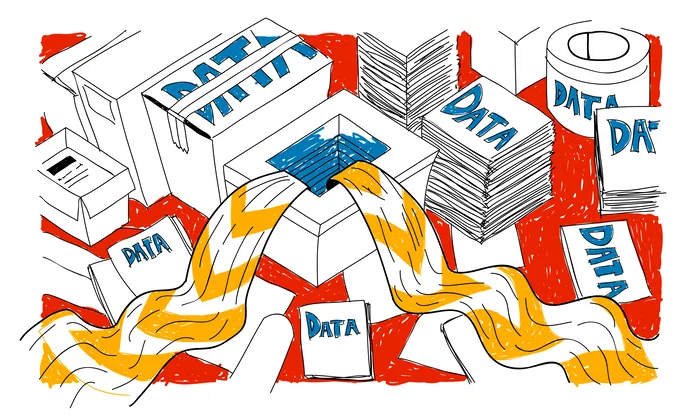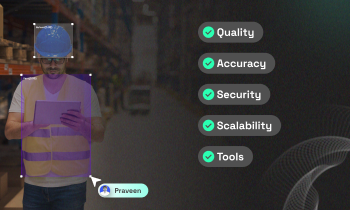How to ensure data quality in crowd-recorded wake word projects?
Data Quality
Wake Words
Crowd Sourcing
At FutureBeeAI, we understand that reliable AI systems begin with reliable data. Wake word detection, a foundational element in voice-first interfaces, is only as effective as the quality of the data used to train it. Our deep experience in multilingual speech data, expert annotation, and QA tooling positions us as a trusted partner in the development of voice AI systems that need to work in the real world.
Why Wake Word Robustness Starts with Quality Data
Wake word models are highly sensitive to data inconsistencies. Even minor quality issues can cascade into larger challenges during deployment. Common consequences of subpar training data include:
- Increased false positives or negatives that degrade user experience
- Limited model robustness across varying accents, age groups, and environments
- Rising development costs due to extended testing and re-training cycles
To minimize these risks, developers can leverage our Off-the-Shelf (OTS) dataset in over 100 languages or request a fully tailored custom recording service for specialized wake word use cases.
Five Pillars of High-Quality Crowd-Sourced Speech Collection
1. Diverse Data Collection
Diversity strengthens generalization. We design data strategies that account for:
- Speaker demographics including gender balance, age ranges, and cultural background
- Accent and dialect coverage to improve adaptability across user groups
- Environmental variety such as quiet, noisy, indoor, and outdoor conditions
This ensures voice models are resilient in unpredictable real-world settings.
2. Structured Recording Protocols
Our proprietary YUGO platform enables controlled crowd-sourced audio collection:
- Environment monitoring to reduce background noise
- Contributor guidance with prompts that control pronunciation, pacing, and volume
A two-layer QA process is embedded at the data ingest stage, enforcing quality before data even reaches model training.
3. FutureBeeAI QA Pipeline
We implement a multi-step validation pipeline to ensure consistency and correctness:
- Automated QC checks like signal-to-noise ratio (SNR)
- Human-level verification to confirm transcription and intent match
- Final audit cycles to catch residual quality issues before delivery
This QA sequence ensures models are trained on clean, high-integrity data.
4. Metadata and Annotation Accuracy
Detailed metadata and annotations enable better segmentation, debugging, and model fine-tuning:
- Speaker profiles with demographic and contextual information
- Transcript-level annotations with industry-grade accuracy
The result is structured data that supports complex downstream use cases like multilingual or context-aware voice recognition.
5. Implementation Checklist
For ongoing dataset integrity, we recommend:
- Defining dialect and accent quotas in advance
- Monitoring nightly Word Error Rate (WER) reports via QA dashboards
- Randomly auditing at least one percent of data weekly
These practices are essential to scale wake word data collection without sacrificing quality.
Overcoming Real-World Hurdles in Wake Word Collection
Common Pitfalls
- Pronunciation variability due to regional influence or user interpretation
- Insufficient speaker diversity limiting real-world generalization
Best Practices
- Expand recruitment strategies to include a broad spectrum of contributors
- Run iterative model evaluations using fresh datasets to surface and fix edge cases early
Real-World Impacts and Use Cases
High-quality data fuels real-time responsiveness and user satisfaction across:
- Voice assistants that rely on accurate triggers like “Hey Siri” or “Alexa”
- Smart home ecosystems where quick and correct activation is critical
- Automotive systems where hands-free interaction enhances safety and convenience
Quick FAQ
Q: How many speakers per dialect are ideal?
A: A minimum of 50 speakers per dialect helps capture intra-dialect variation.
Q: What Word Error Rate (WER) is acceptable for production?
A: For clean data, a WER below 2 percent is typically considered production-grade.
Q: How do I integrate YUGO APIs into my workflow?
A: Reach out to us for detailed API documentation and developer support.
Next Steps
For voice AI projects requiring over 500 hours of high-quality speech data, our collection platform can deliver production-ready datasets within two to three weeks. Contact us to receive a pilot dataset in ten business days and let FutureBeeAI manage the data lifecycle so your team can focus on building intelligent voice-first experiences.
What Else Do People Ask?
Related AI Articles
Browse Matching Datasets
Acquiring high-quality AI datasets has never been easier!!!
Get in touch with our AI data expert now!








